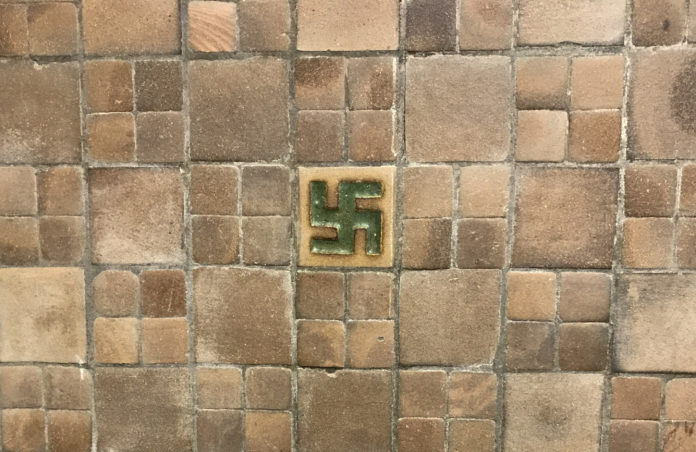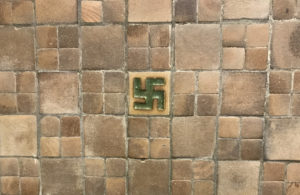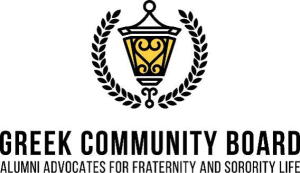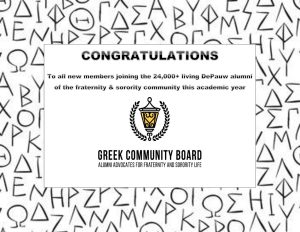

When senior Sarah Cooper was on her way to class, it was the last thing she expected to find. Despite her momentary doubt, a second glance proved her suspicions correct: she was indeed looking at a swastika.
Cooper, a Jewish student, wrote in an email to The DePauw that she was struck with feelings of confusion and dismay. She immediately notified Adam Cohen, the head of Jewish life at DePauw University. Cohen and Hillel, DePauw’s Jewish student organization, reached out to the college administration in concern.
Asbury Hall, built in 1929, is one of the oldest buildings on the DePauw campus. Housing the social science and humanities departments, Asbury is one of the most frequented places for students. However, these tiles somehow managed to remain hidden behind corkboards and vending machines for the past 87 years.
The point of concern lies in the intent behind the tiles. Though today the swastika is known as a representation of highly charged antisemitism, racial hatred, and intolerance, it actually originated as a symbol used by South Asian and Native American cultures encouraging good fortune. It’s also closely associated with Buddhism, Hinduism, and Jainism. In the early 19th century, American and European institutions of higher learning used the swastika to convey the excitement at discovering the deep roots of culture, according to Michael Mackenzie, professor of art and art history. The building’s completion date, preceding World War II, may suggest that the swastika tiles were made to reflect this positive connotation.
For senior Armaan Patel, DePauw student government vice president, the 3,000-year-old symbol is one he has been familiar with his entire life. According to Patel, the swastika is commonly found on doorways in India and other Hindu countries. He hopes to restore the symbol back to its original meaning. “While that is not going to happen in a day or even in my lifetime, I think this is a good first step for DePauw. DePauw Senate is fully in support of trying to understand what [the swastika] originally meant. They realize that it does mean something better in Hindu context.”
While the building itself was erected in 1929, the question remains whether the tiles were put in at the same time. Lori Miles, a studio art professor, favors the tiles’ destruction. “If you look at the facts, we don’t know who installed it, when it was installed, under what circumstances, and why.”
Asbury Hall records and the Board of Trustees documents contain photographs of the exterior of the building, as well as the cornerstone laying and dedication programs. However, Wesley Wilson, the coordinator of archives and special collections, said there was no mention of the design elements of the building, specifically the installation of the tiles.
Miles is also worried about the message the University would be sending by choosing to leave to tiles in place. “I think we’re sending a mixed message by telling students that it’s okay for us to leave swastikas up, while in the same moment, the issue of swastika stickers is regarded as a Public Safety issue,” Miles said.
Rebecca Schindler, professor of classics, said the swastikas in Asbury are different than the ones used in Nazi Germany and even though she herself is Jewish, she believes taking down the tiles would be a bad move. “They are not, in fact, the way in which the Nazi’s used the symbols,” Schindler said.
Schindler believes taking down the tiles will set a problematic and dangerous sentiment because it will be equating decorative tiles with actual hate images. “That leads to letting the haters win,” she said.
For Cooper, the tiles act as an upsetting reminder of Jewish history. She said in an email, “I do not like walking by this symbol and being reminded of [the Holocaust] every time I have to go to class. The symbol makes me feel very uncomfortable and my hope is that it will be taken down and exchanged with more positive religious symbols.”
Based on data collected on applications, the DePauw community has 27 Jewish, 17 Hindu, 19 Buddhist, 29 Muslim, and three Sikh students on campus. Junior, Zoe Yeshayahu, president of Hillel, said, “It’s a really tough situation. It can be taken in so many ways. It’s something that needs to be talked about openly and with everybody. It all has to come from the community.”
Patel has started to create a panel of professors and students in order to publically address and discuss the issue. He also plans on reaching out to Hillel and the Hartman House in order to provide multiple perspectives.
Though the panel date is not set, according to DePauw University President Mark McCoy, the decision of the tiles should be made before the end of the semester.


